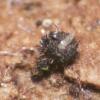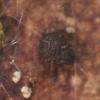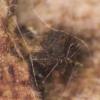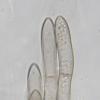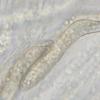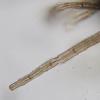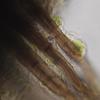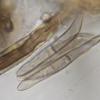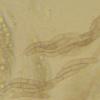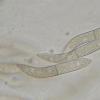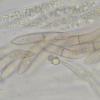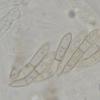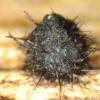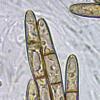
21-12-2025 09:32
Hello.A tiny ascomycete found embedded in wood in

22-12-2025 00:47
Patrice TANCHAUDBonsoir, récolte à proximité du milieu dunaire

21-12-2025 21:32
Pol DebaenstHello, Garden, Burgweg 19, Veurne, BelgiumOn 10/1

21-12-2025 21:40
Isabelle CharissouBonjour, j'aimerais connaitre les références de

21-12-2025 21:31
Pol DebaenstHello, Garden, Burgweg 19, Veurne, BelgiumOn 10/1

21-12-2025 21:31
Pol DebaenstHello, Garden, Burgweg 19, Veurne, BelgiumOn 10/1

20-12-2025 23:08
Patrice TANCHAUDBonsoir, récolte sur sol sablonneux dans l'arri�

20-12-2025 15:47
Mirek GrycHi.These grew on pine wood that was heavily covere
on my last field trip I found a few ascos which I cannot determine without your help. The first one is a Hilberina with brown ascospores (already inside the ascus) which measure about 35-42 x 3,5-4,5(5,5) µm and have mostly one septum, rarely two (three could be possible given the pattern of septation but I never observed more than two septa). Ascospore morphology seems to deviate from most of the known species in this genus...
It grows on the bast of a Fagus branch that was collected from the ground.
Help is very much appreciated!
Best wishes,
Gernot

Andy
I had initially excluded H. breviseta because Hilber & Hilber (http://www.landesmuseum.at/pdf_frei_remote/Sydowia_36_0105-0117.pdf) describe and illustrate the ascospores with more attenuate basal parts (also overall a bit longer). Maybe this is not always the case? Other than that it seems to fit decently well.
Hilberina caudata I thought should have more sharply curved basal ends so I had excluded that one as well. Really not an easy group this...
Best wishes,
Gernot

I am a lumper, not a spliter - what can I say?
Andy

H. breviseta has spores with an acerose basal end, so it should be exluded here. Otherwise H. caudata has much longer and wider spores compared to your collection and should excluded too.
Into my opinion your collection should be situated close to H. moseri, a species I never collected however and is said ot have slightly longer spores. Sequencing would be helpful here.
Best regards,
Bernard
Hi friends,
Good guess from Bernard ! I know a little this species for having collected more than 6 times I'm at present time working on Lasiosphaeria moseri, by a strange and incredible coincidence. The mine on Buxus, as usual.
See photos of ascospores, one can observe an intraspecifical variability in shape and size of ascospores.
Alain

Andy
Hi Andy,
I look at material. If it's good, mature and sufficient, I send it to you. If not, I think I can to find more next week.
Alain

Only Andy can solve this mess!
Jacques

Andy
Best wishes,
Gernot
Me too, not enough material, as it's often with such species, but I've a good hope to find it again.
Alain


